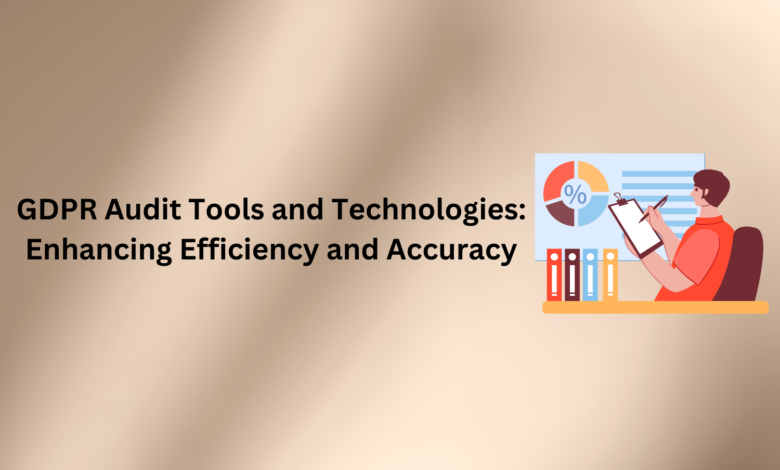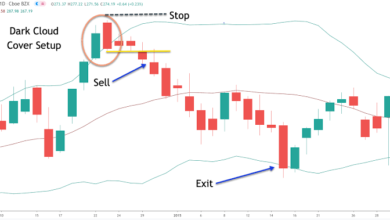
Data privacy has become an essential issue for business organisations worldwide. The European Union’s (EU) General Data Protection Regulation (GDPR) establishes severe standards for protecting EU residents’ private information. Organisations must comply with GDPR to keep consumers’ trust and avoid heavy fines. An organisation’s data protection practices and compliance with regulatory requirements can be evaluated through regular GDPR audits, which are essential to GDPR compliance.
Organisations use GDPR audit tools and technology to simplify this process, increasing efficiency and precision. This blog will discuss the advantages of these GDPR Audit tools and technologies and how they are crucial for reaching GDPR compliance. Enrolling in a GDPR Course can offer valuable insights into successfully dealing with GDPR audits, regardless of your experience as a data protection professional or level of compliance with the regulation.
Importance of GDPR Audits
Organisations must undergo GDPR audits to assess data protection measures, find weaknesses, and fill compliance gaps. Activities related to data processing, security controls, consent management, and general compliance with GDPR standards are all part of these audits. Organisations can proactively detect and reduce risks, show responsibility, and comply with GDPR by performing audits regularly.
Role of GDPR Audit Tools and Technologies
Data Discovery and Classification
Data discovery and classification within an organization’s systems and databases are made easier with GDPR audit tools. The tools in question employ sophisticated algorithms and scanning techniques to detect and classify sensitive data by the General Data Protection Regulation (GDPR). This data includes PII, Personally Identifiable Information and particular category data. By automating the data discovery process, organisations can improve their ability to assess compliance risks and gain visibility into their data landscape.
Data Mapping and Flow Analysis
With the help of GDPR audit tools, businesses can trace the movement of sensitive customer information throughout their systems by drawing up data maps. To help organisations spot possible vulnerabilities or areas of non-compliance, these tools provide visual representations of data flows from collection to storage, processing, and transfer. Organisations need to have a good grasp of data flows to secure personal data and stay in compliance with GDPR.
Consent Management and Tracking
Consent management is essential to complying with GDPR, which states that organisations must get people’s explicit consent before processing their data. Features for managing consent records, tracking preferences, and generating audit trails are included in GDPR audit tools. To ensure that organisations collect, record, and manage consent in compliance with GDPR guidelines, these tools simplify the consent management process.
Privacy Impact Assessment (PIA)
GDPR requires Privacy Impact Assessments (PIAs) for data processing activities that pose a high risk. To help organisations conduct PIAs and document possible privacy risks, GDPR audit tools offer templates and frameworks for the assessment process. Organisations can show they comply with GDPR standards, be more transparent with data subjects, and find privacy risks by doing PIAs.
Incident and Breach Management
Significant personal data risks can still occur due to breaches and incidents, even with strong security measures. By incorporating incident and breach management capabilities into GDPR audit tools, organisations can quickly detect, investigate, and respond to security incidents. GDPR requires timely notification to data protection authorities and affected individuals, and these tools make it easier to report, escalate, and resolve incidents.
Benefits of Using GDPR Audit Tools
Streamlined Compliance
GDPR audit tools automate manual processes, alleviate administrative burdens, and offer practical insights into compliance risks, leading to streamlined compliance efforts.
Enhanced Accuracy
GDPR audit tools lessen the possibility of human mistakes by increasing precision in data discovery, categorization, and analysis through sophisticated algorithms and scanning techniques.
Proactive Risk Management
Data protection measures must align with GDPR standards, and organisations can proactively find and address compliance risks with the help of GDPR audit tools.
Cost Savings
Organisations can save time and resources related to compliance efforts with the help of GDPR audit tools, which automate audit processes and increase efficiency.
Conclusion
GDPR audit tools and technology are vital to improve the efficacy and precision of compliance endeavours. These tools simplify GDPR audits and assist organisations in achieving and maintaining compliance with GDPR requirements by automating data discovery, classification, consent management, PIA, and incident management processes.
Advanced audit tools can significantly improve your organization’s data protection practices and ensure the processes comply with regulatory standards. This is true whether you’re conducting GDPR audits for the first time or want to improve your current processes. You can get the knowledge and skills to confidently navigate GDPR audits and make good use of these tools by enrolling in a GDPR course.



